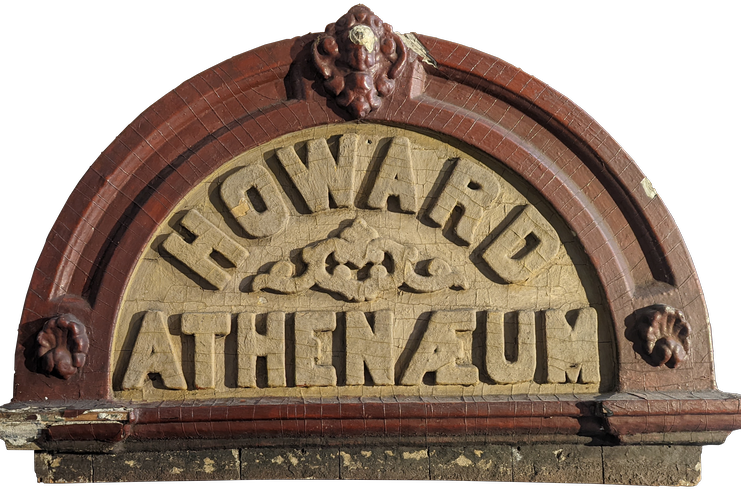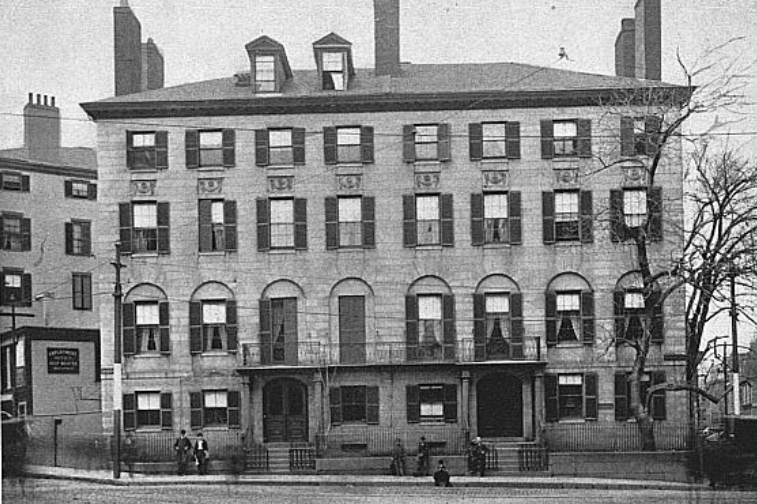Topic: Art & Literature
Art, fine arts, artists, books, film, authors, actors, other creative forms
Between 1845 and 1961, the Howard Anthenaeum served as a center of performances for a wide variery of clientele. Beginning its life as an upper-class theater, it became a legendary venue for minstrel shows and burlesque until it was demolished as part of the Government Center urban renewal project.
Asher Benjamin designed the Old West Church (1806) and Charles Street Meetinghouse (1807) in the West End, based upon the Federal style of architecture most commonly associated with Charles Bulfinch and many New England homes and churches. The Old West Church has survived multiple waves of redevelopment in the West End due to its historical significance.
The Hotel Waterston, built in 1874 through a remodeling and expansion of the Charles Bulfinch House on 8 Bulfinch Place in the West End, maintained Bulfinch’s facade while adding additional stories. The Waterston had many prominent guests, including Walt Whitman, during the late nineteenth century, and the hotel stayed in business until it was demolished by urban renewal in 1961.
Abbott Lowell Cummings, once the leading expert on early New England architecture, spoke out and took action in response to the indiscriminate clearance of the West End during the urban renewal period.
Dr. Joseph Stevens (J.S.) Jones, who lived most of his life in the West End, was a successful actor, playwright, theater manager, and physician in the nineteenth century. Jones graduated from Harvard Medical School and wrote between 150 and 200 plays in his lifetime. In 1924, the City of Boston tore down Dr. Jones’s home on Bowdoin Street, and other historic West End sites, in order to widen Court and Cambridge Streets.
Chloe Russell, a Black woman who owned property on Belknap Street in the West End during the nineteenth century, was the attributed author of The Complete Fortune Teller and Dream Book in an era when fortune telling and dream interpretation was popular and entertaining.
Mapping Amateur Radio Stations in the 1920s West End Overlaying historic maps of the West End over a map of present-day Boston can contextualize the locations of amateur radio stations in the West End during the 1920s. Leon W. Bishop, an early pioneer of amateur radio broadcasting, moved to 18 Irving Street in the West…
Charles Bulfinch is regarded as the first American-born architect. He rose to prominence designing public buildings, including the Boston State House and US Capitol Building, and was a West Boston native whose designs still dominate the historic portions of the West End today.









